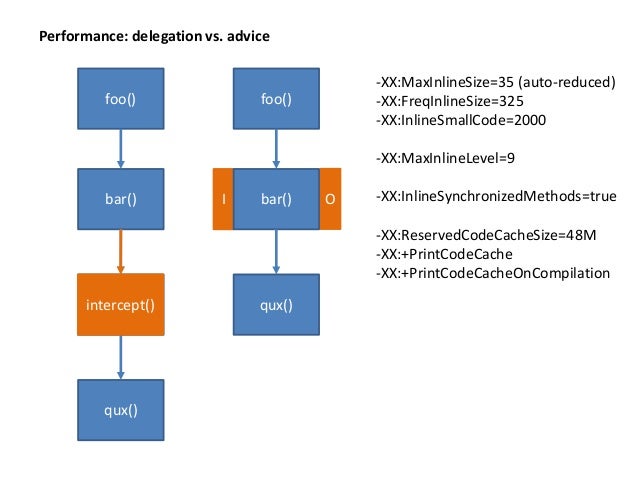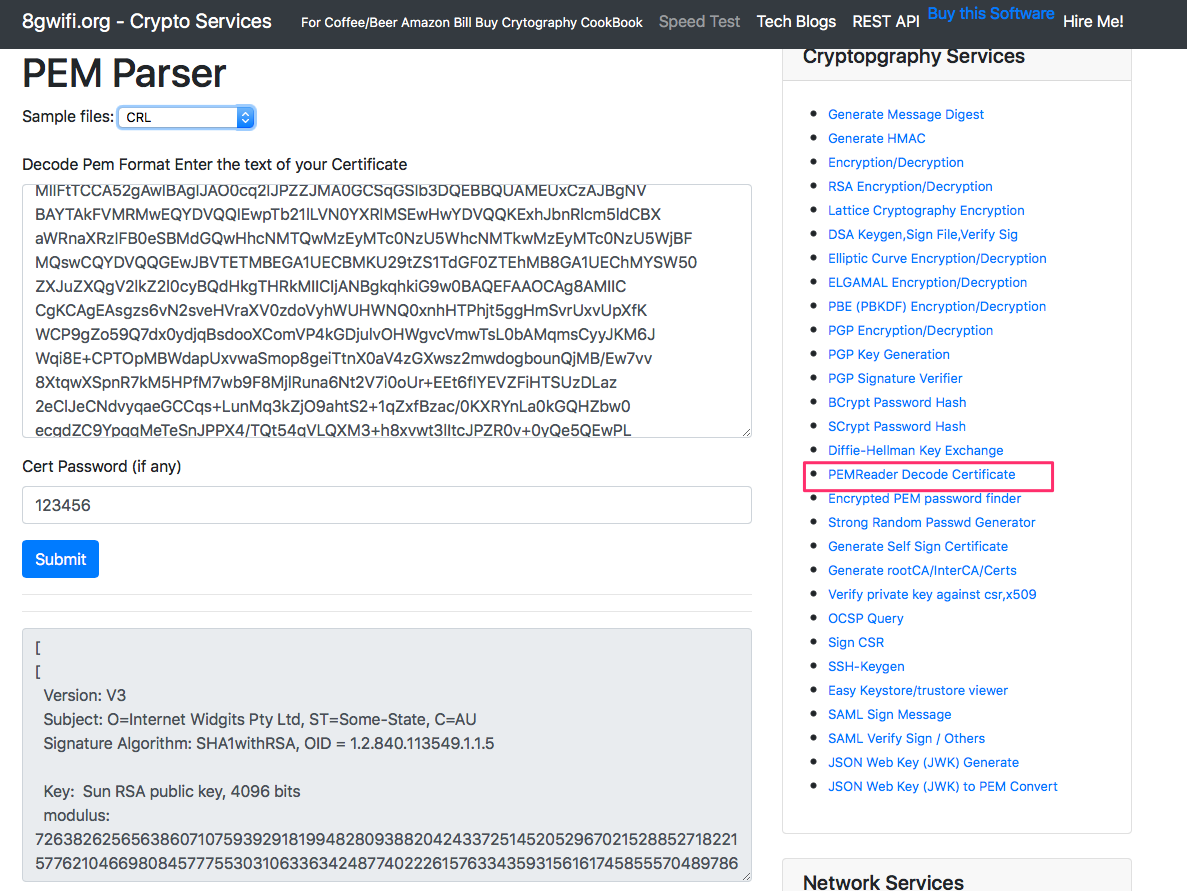Public Key Private Key Generation Java
To sign an assembly with a strong name, you must have a public/private key pair. This public and private cryptographic key pair is used during compilation to create a strong-named assembly. You can create a key pair using the Strong Name tool (Sn.exe). Key pair files usually have an .snk extension.
Note
In this example you will generate a public/private key pair for the Digital Signature Algorithm (DSA). You will generate keys with a 1024-bit length. Generating a key pair requires several steps: Create a Key Pair Generator. The first step is to get a key-pair generator object for generating keys for the DSA signature algorithm. A public/private key pair is generated whenever a new instance of an asymmetric algorithm class is created. After a new instance of the class is created, the key information can be extracted using one of two methods: The ToXmlString method, which returns an XML representation of the key information.
- The whole point of public-key cryptography is that the private key remains secret. If there would be a way to easily generate a private key from a public key the encryption schema would be broken. Yes, you can probably brute-force the private key but it won't be easy.
- Public key from private key generation problem. Programming language is Java and cryptographic provider was Bouncy Castle. Private Brain Key Generation.
In Visual Studio, the C# and Visual Basic project property pages include a Signing tab that enables you to select existing key files or to generate new key files without using Sn.exe. In Visual C++, you can specify the location of an existing key file in the Advanced property page in the Linker section of the Configuration Properties section of the Property Pages window. The use of the AssemblyKeyFileAttribute attribute to identify key file pairs was made obsolete beginning with Visual Studio 2005.
Create a key pair
To create a key pair, at a command prompt, type the following command:
sn –k <file name>
In this command, file name is the name of the output file containing the key pair.
The following example creates a key pair called sgKey.snk.
If you intend to delay sign an assembly and you control the whole key pair (which is unlikely outside test scenarios), you can use the following commands to generate a key pair and then extract the public key from it into a separate file. First, create the key pair:
Nov 24, 2019 Windows 7 Product Key Generator 32/64 bit Working 100%. Windows 7 Product Key readily available for public use after three several years of the release of windows vista. It is completely updated and changed the system that is running the sooner incarnations of Windows. Windows 7 key generator validation genuine 100 working. Mar 09, 2020 It is now widely considered as the Windows OS with the friendliest interface. This makes people have an interest in getting it installed on their laptop. Various kinds of people use it, both for personal works and for business-oriented programs. Continue reading Windows 7 Product Key Generator 32/64 Bit 100% Working.
Next, extract the public key from the key pair and copy it to a separate file:
Once you create the key pair, you must put the file where the strong name signing tools can find it.
When signing an assembly with a strong name, the Assembly Linker (Al.exe) looks for the key file relative to the current directory and to the output directory. When using command-line compilers, you can simply copy the key to the current directory containing your code modules.
If you are using an earlier version of Visual Studio that does not have a Signing tab in the project properties, the recommended key file location is the project directory with the file attribute specified as follows:
See also
In order to be able to create a digital signature, you need a private key. (Its corresponding public key will be needed in order to verify the authenticity of the signature.)
In some cases the key pair (private key and corresponding public key) are already available in files. In that case the program can import and use the private key for signing, as shown in Weaknesses and Alternatives.
In other cases the program needs to generate the key pair. A key pair is generated by using the KeyPairGenerator class.
In this example you will generate a public/private key pair for the Digital Signature Algorithm (DSA). You will generate keys with a 1024-bit length.
Generating a key pair requires several steps:
Create a Key Pair Generator
The first step is to get a key-pair generator object for generating keys for the DSA signature algorithm.
As with all engine classes, the way to get a KeyPairGenerator object for a particular type of algorithm is to call the getInstance static factory method on the KeyPairGenerator class. This method has two forms, both of which hava a String algorithm first argument; one form also has a String provider second argument.

A caller may thus optionally specify the name of a provider, which will guarantee that the implementation of the algorithm requested is from the named provider. The sample code of this lesson always specifies the default SUN provider built into the JDK.
Put the following statement after the
License Activation Center is an advanced SaaS solution providing centralized license management that gives your end users the means to generate and download their own licenses, so you can: Automate the entire license activation process, from license creation to license delivery. License key generation software fulfillment. License Key Generator 3.0 Deluxe is a utility for software developers. It is used by software developers to generate software License Keys that get distributed to licensed users of their software products. The utility generates the License Keys to help prevent developer's software from being pirated or used illegally by non-licensed users. If it matches, it's a valid license. If you run low on licenses, release a new version with more strings. Using just the first 96-bits of the SHA1 hash is adequate. So 10,000 licenses would take under 120KB. Algorithmic generation of keys or creation of a key generator would be impossible. The License Name field, on the Advanced tab, lets you select which data point from the order details (if any) should be factored into license key generation via the name variable. Not Name Based - If the license key generation does not take any name into consideration, select this option.
line in the file created in the previous step, Prepare Initial Program Structure:
Initialize the Key Pair Generator
The next step is to initialize the key pair generator. All key pair generators share the concepts of a keysize and a source of randomness. The KeyPairGenerator class has an initialize method that takes these two types of arguments.
The keysize for a DSA key generator is the key length (in bits), which you will set to 1024.
The source of randomness must be an instance of the SecureRandom class that provides a cryptographically strong random number generator (RNG). For more information about SecureRandom, see the SecureRandom API Specification and the Java Cryptography Architecture Reference Guide .
The following example requests an instance of SecureRandom that uses the SHA1PRNG algorithm, as provided by the built-in SUN provider. The example then passes this SecureRandom instance to the key-pair generator initialization method.
Some situations require strong random values, such as when creating high-value and long-lived secrets like RSA public and private keys. To help guide applications in selecting a suitable strong SecureRandom implementation, starting from JDK 8 Java distributions include a list of known strong SecureRandom implementations in the securerandom.strongAlgorithms property of the java.security.Security class. When you are creating such data, you should consider using SecureRandom.getInstanceStrong(), as it obtains an instance of the known strong algorithms.
Generate the Pair of Keys

Public Key Private Key Generation Java Login
The final step is to generate the key pair and to store the keys in PrivateKey and PublicKey objects.